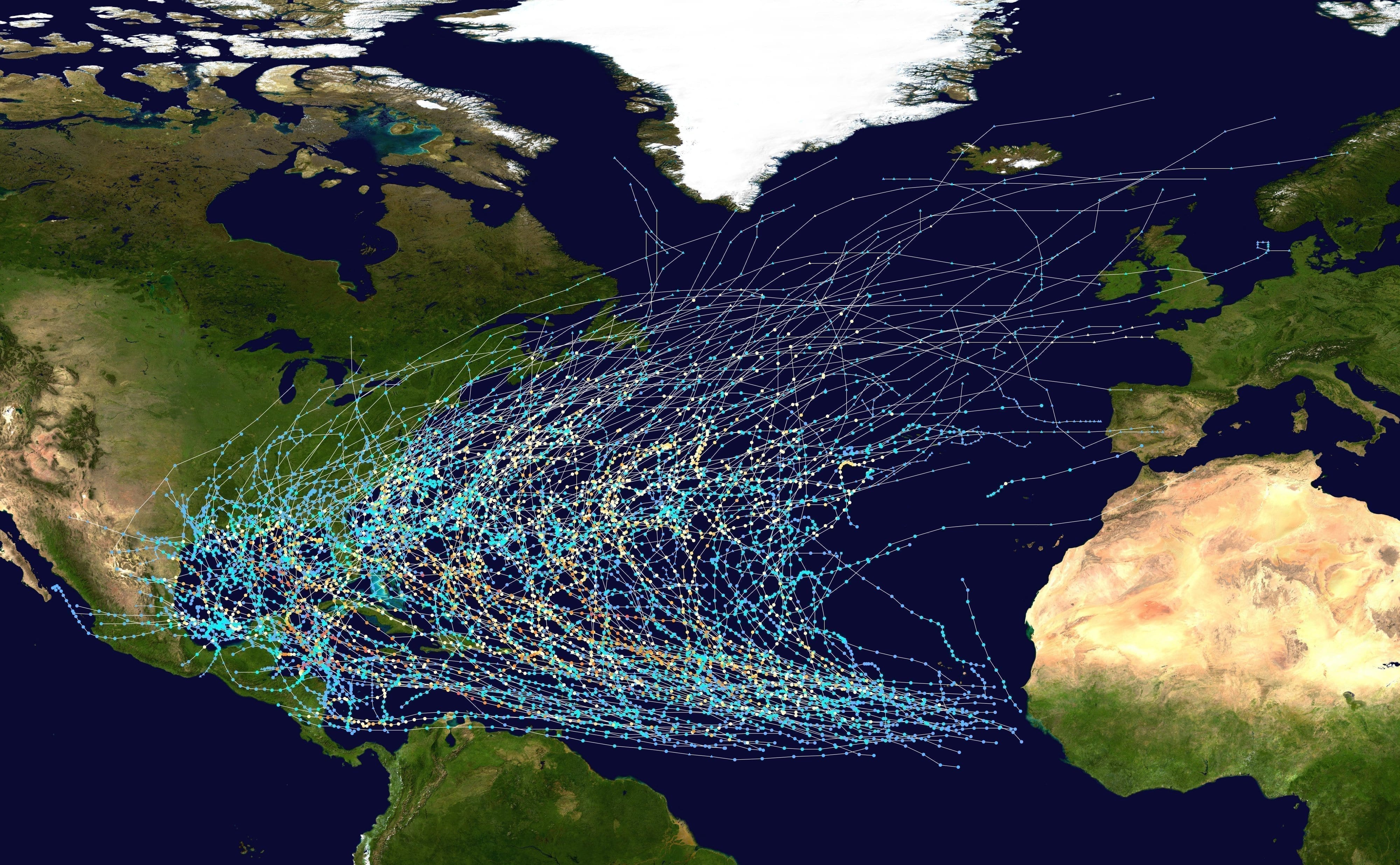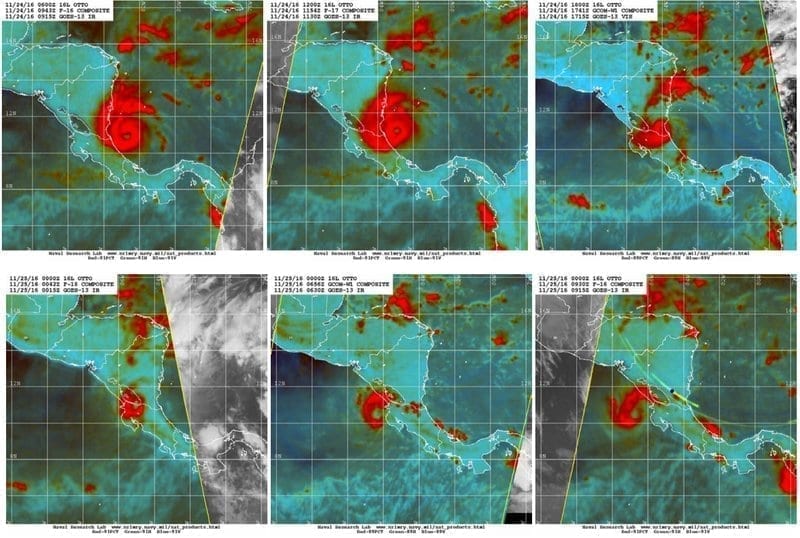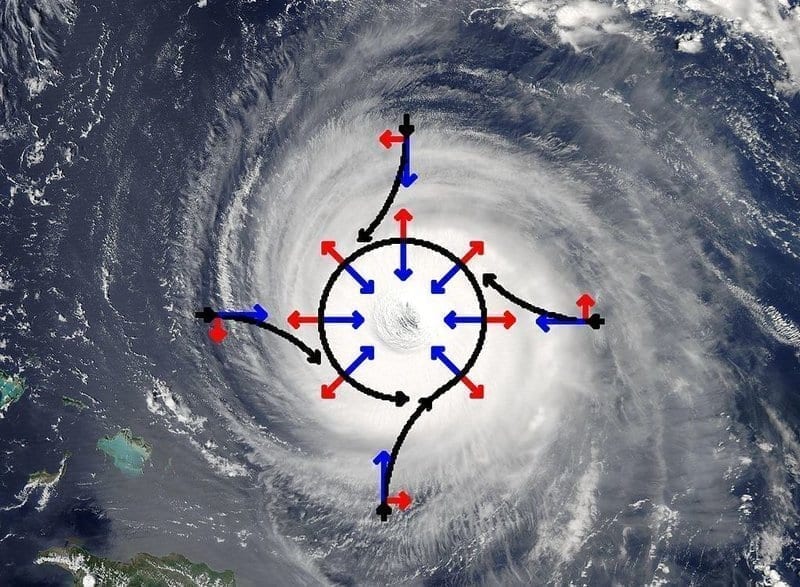Hurricanes in Costa Rica?
 Not Quite Yet
Not Quite Yet
On September 18, 2017, six separate tropical systems were spinning somewhere within the Atlantic, Caribbean, and Pacific basins. Not to mention the powerhouse Category-5 Hurricane Irma left a devastating path from the Leeward Islands to the entire state of Florida. Although events like this are unfortunate for many, it makes sense from a climatological standpoint as September is the official peak of hurricane season in the Northern Hemisphere.
With all this tropical activity, how is it possible that Costa Rica is continually spared from the direct impacts of major hurricanes? Many of us remember the (almost) historic Hurricane Otto in November 2016, which brought heavy rains and winds across Costa Rica’s northern region. But if you remember correctly, Otto officially made landfall — the location where the eye of the storm first strikes land — along the Caribbean coast of Nicaragua, not Costa Rica. Doing your homework on the subject, you will find that a true hurricane, defined as a tropical cyclone with winds over 74 mph, has never actually made direct landfall on Costa Rican territory.
A true hurricane has never actually made direct landfall on Costa Rican territory.
Rotation phenomenon
How is this possible? The answer lies within the realm of the Coriolis effect. This phenomena is a bit difficult to verbalize, so I suggest doing further research yourself. It’s important to understand that the speed of earth’s rotation varies depending on your location. At the equator, the earth is rotating at 1,018 mph, while at 30 degrees north latitude (roughly the Florida/Georgia border), it’s rotating at 882 mph.
Imagine this: A plane takes off in Miami heading true north to New York City. Because the earth is rotating faster at the equator and slower towards the poles, the plane will actually be deflected from its course if the Coriolis Effect is not taken into account before takeoff. In the Northern Hemisphere, objects are deflected to the right while in the Southern Hemisphere, they’re deflected to the left.
So how does this relate to hurricanes? Well, a hurricane is just a center of very deep low pressure that high pressure around it is trying to fill in the form of wind. As the wind travels above the earth’s surface towards the core of the hurricane (the eye), the wind is always being slightly deflected, giving the storm its signature spin.
Sitting comfortably at about 8 degrees north latitude, Costa Rica is too close to the equator for the Coriolis effect to come into play. In fact, between 10 degrees south latitude and 10 degrees north latitude, hurricanes are practically unheard of. The earth is simply too flat for the wind to be deflected from its destination and create the spin. And with our northernmost border sitting at 9.55 degrees north latitude, Costa Rica has been graciously spared from every recorded land-falling hurricane.
But you can never be certain. As our climate spirals out of control and “black swan” weather events are becoming more common, the possibility of Costa Rica being directly impacted by a hurricane is not out of the question. The best solution is to always stay informed and have a plan.


